In the quest to mitigate the impacts of climate change and reduce global carbon emissions, carbon capture and storage (CCS) has emerged as a pivotal technology.
This article delves into the extensive carbon capture and storage history, tracing its origins, development, and the pivotal role it plays in contemporary environmental strategies.
Our journey through the carbon capture and storage history not only highlights its technological advancements but also underscores its significance in the global effort to combat climate change.
Origins and When Was Carbon Capture and Storage Invented
The concept of carbon capture and storage dates back to the 20th century when scientists first began to understand the implications of rising carbon dioxide (CO2) levels in the atmosphere.
However, the practical application of CCS technology didn't take shape until the 1970s and 1980s, as the oil and gas industry started to use CO2 for enhanced oil recovery (EOR).
This process involved injecting CO2 into oil fields to increase pressure and extract more oil, inadvertently laying the groundwork for CCS.
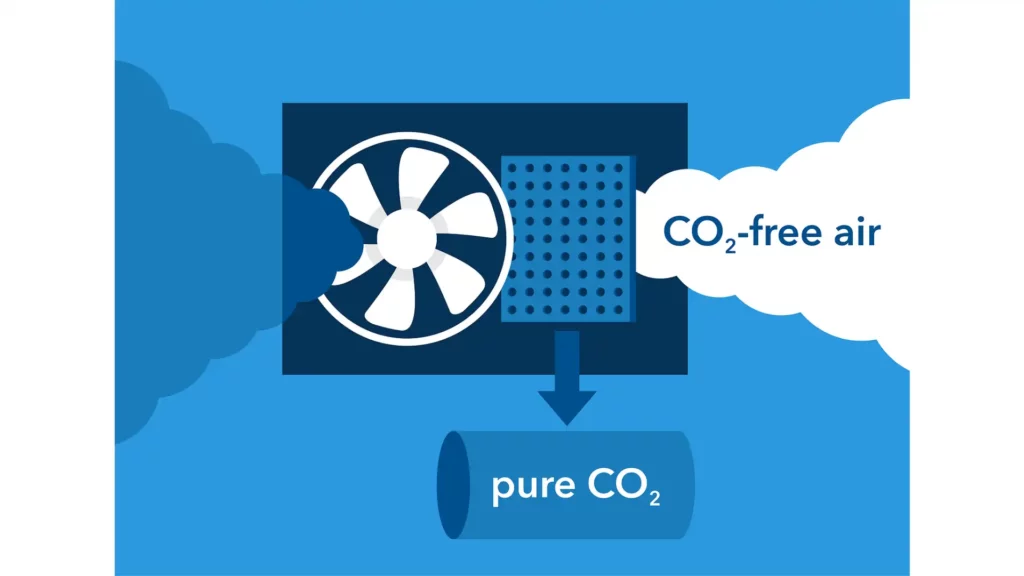
Carbon Capture and Storage Timeline: Key Milestones in the Evolution of CCS
The history of carbon capture and storage (CCS) is marked by significant milestones that reflect the evolution of this critical technology.
Understanding the carbon capture and storage timeline is essential for appreciating how far CCS technology has come and its potential impact on future climate change mitigation efforts.
The Early Years: 1970s-1990s
- 1972: The concept of CCS begins to take shape with early discussions on the potential to capture and store CO2 to mitigate climate change.
- 1986: The first project to inject CO2 for enhanced oil recovery (EOR) in the United States marks the unintentional beginning of CCS technology application.
- 1996: The Sleipner project in the North Sea becomes the first commercial venture to capture and store CO2 in a saline aquifer, injecting approximately 1 million tons of CO2 annually.
The 2000s: Scaling Up
- 2008: The Mountaineer Power Plant in West Virginia, USA, launches a pilot project for post-combustion carbon capture, signaling the potential for retrofitting existing power plants with CCS technology.
- 2009: The Boundary Dam project in Saskatchewan, Canada, begins construction, aiming to become the world's first full-scale post-combustion carbon capture and storage facility attached to a power station.
The 2010s: Expansion and Global Recognition
- 2014: The Boundary Dam project becomes operational, capturing up to 1 million tons of CO2 per year, marking a significant step forward in CCS technology application.
- 2015: The Paris Agreement is signed, highlighting the role of CCS in achieving global climate goals and reducing CO2 emissions.
- 2017: The Gorgon CCS project in Australia, one of the world’s largest, begins injecting CO2 into deep underground formations.
The 2020s: Innovation and Policy Support
- 2020: The U.S. Department of Energy announces significant funding for CCS research and development, aiming to reduce the cost and increase the efficiency of carbon capture technologies.
- 2023: Advances in direct air capture (DAC), a form of CCS, show promise for removing CO2 directly from the atmosphere, complementing traditional CCS methods.
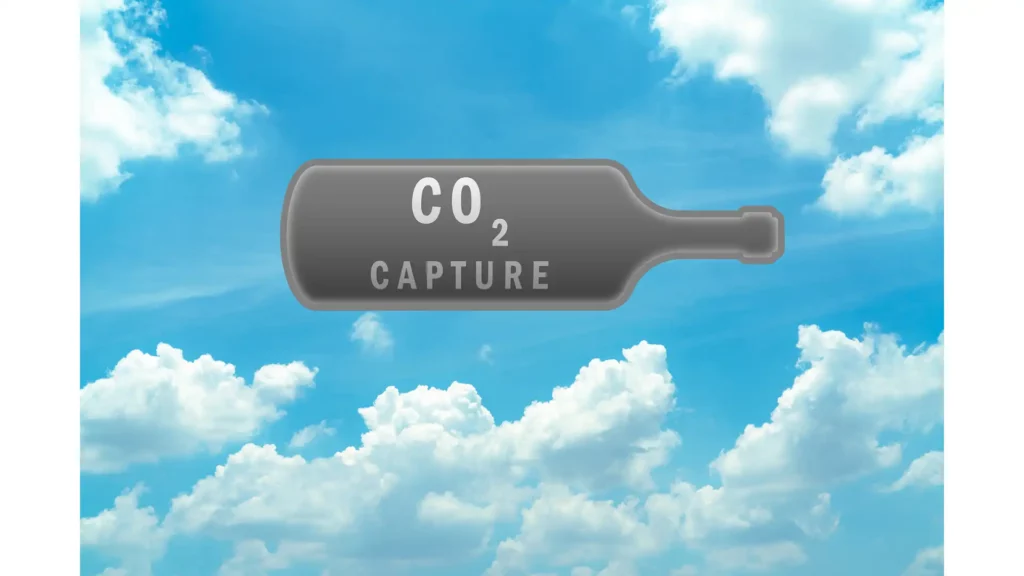
Early Developments in CCS Technology
The early developments in carbon capture and storage technology were primarily focused on capturing CO2 from large point sources, such as power plants and industrial facilities.
The initial methods revolved around pre-combustion capture, post-combustion capture, and oxy-fuel combustion, each with its unique approach to separating CO2 from other gases before it is emitted into the atmosphere.
- Pre-Combustion Capture: Targets CO2 removal from fossil fuels before combustion, converting fuels into a syngas (hydrogen and CO2 mixture), which facilitates CO2 separation before hydrogen is used for energy production. It's effective for power plants based on gasification technologies.
- Post-Combustion Capture: Extracts CO2 from flue gases after fossil fuel combustion using chemical solvents, suitable for retrofitting existing power plants and industrial facilities. It's the most common method, adaptable across various industries.
- Oxy-Fuel Combustion: Burns fossil fuels in a mixture of oxygen and recycled flue gases, resulting in flue gases with high CO2 concentration for easier separation. Ideal for new power plants designed with CCS in mind, it aims for near-zero emissions.
- Chemical Looping Combustion (CLC): Utilizes metal oxides as oxygen carriers to oxidize fuel without direct air contact, producing a concentrated stream of CO2 and water vapor. It's cost-effective and efficient, avoiding the need for separate air separation.
- Membrane Gas Separation: Employs membranes that selectively separate CO2 from other gases based on molecule size or chemical properties. Praised for its low energy requirements and compactness, it's suitable for space and energy-sensitive applications.
- Adsorption (Physical and Chemical): Captures CO2 on the surface of materials like zeolites, activated carbon, or MOFs through physical or chemical adsorption. Flexible and potentially regenerative, it can capture CO2 from various sources, including low-concentration environments.
- Calcium Looping (CaL): Cycles calcium oxide (CaO) and calcium carbonate (CaCO3) to capture and release CO2, using limestone as a sorbent. It's appealing for industrial processes due to its potential for high-purity CO2 capture and the abundance of limestone.
- Cryogenic CO2 Capture: Separates CO2 by cooling and compressing flue gas streams to liquid form, achieving high purity levels. Energy-intensive but promising, especially where cold energy sources are available or can be efficiently used.
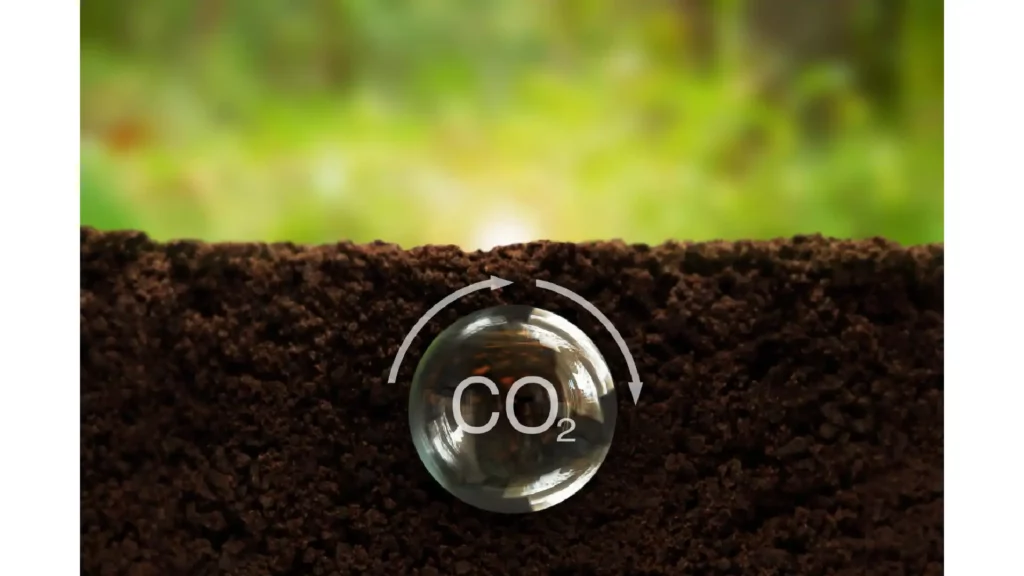
Pioneering the Path: The First Carbon Capture and Storage Project
The journey of carbon capture and storage (CCS) technology reached a significant milestone with the initiation of the first carbon capture and storage project, marking a pivotal moment in the history of climate change mitigation efforts.
This project showed the possibility of capturing and storing CO2 emissions from industries, paving the way for the global use of CCS technologies.
- The Sleipner Project: A Landmark in Carbon Capture and Storage History
The initial carbon capture and storage project began in 1996 at the Sleipner gas field in the North Sea, run by Equinor.
It aimed to comply with the Norwegian carbon tax by capturing and injecting CO2 from the gas extraction process into a saline aquifer beneath the sea bed.
The Sleipner project was a breakthrough in CCS technology. It proved that CO2 can be separated from natural gas and stored underground.
- Impact and Legacy
The first carbon capture and storage project's legacy goes beyond its goals. It has inspired global CCS projects, showing its feasibility and sustainability.
The Sleipner project has also advanced regulations and monitoring for safe CCS implementation.
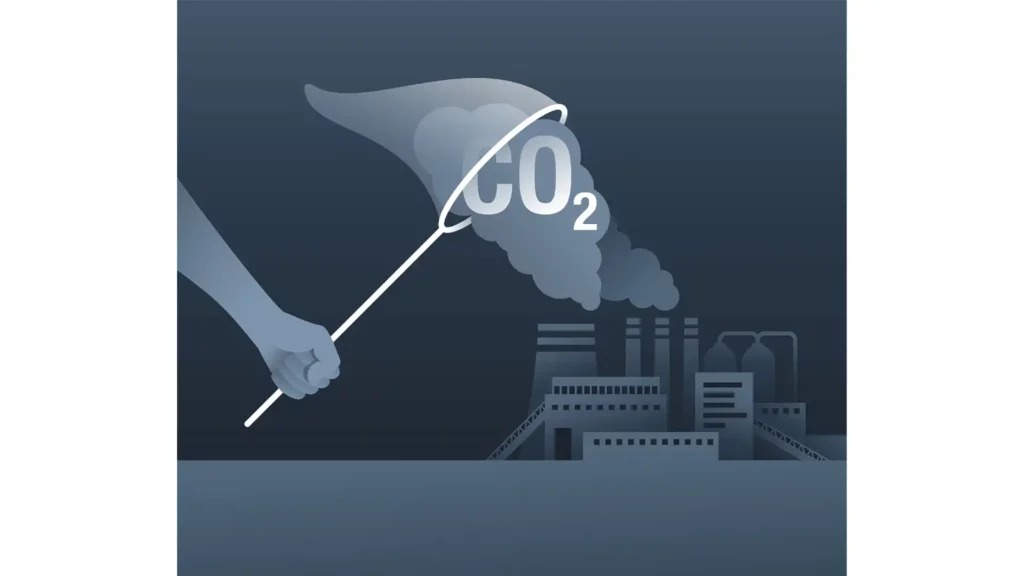
The Future of Carbon Capture and Storage
- Advancements in Capture Technologies: Recent years have witnessed significant breakthroughs in capture technologies, including the development of more efficient and cost-effective methods, such as chemical looping and advanced solvent-based processes.
- Emerging Storage Techniques: Innovations in carbon storage, such as the use of depleted oil and gas reservoirs, saline aquifers, and mineralization, promise more secure and scalable storage options.
- Policy Support: Governments worldwide are recognizing the importance of CCS in achieving carbon neutrality and are implementing policies to incentivize its deployment. Carbon pricing mechanisms and carbon tax initiatives are also providing economic incentives for CCS projects.
- International Collaboration: International initiatives, such as the Carbon Capture and Storage Association (CCSA) and the Global CCS Institute, are fostering collaboration among countries and industries to accelerate the development and deployment of CCS technology.
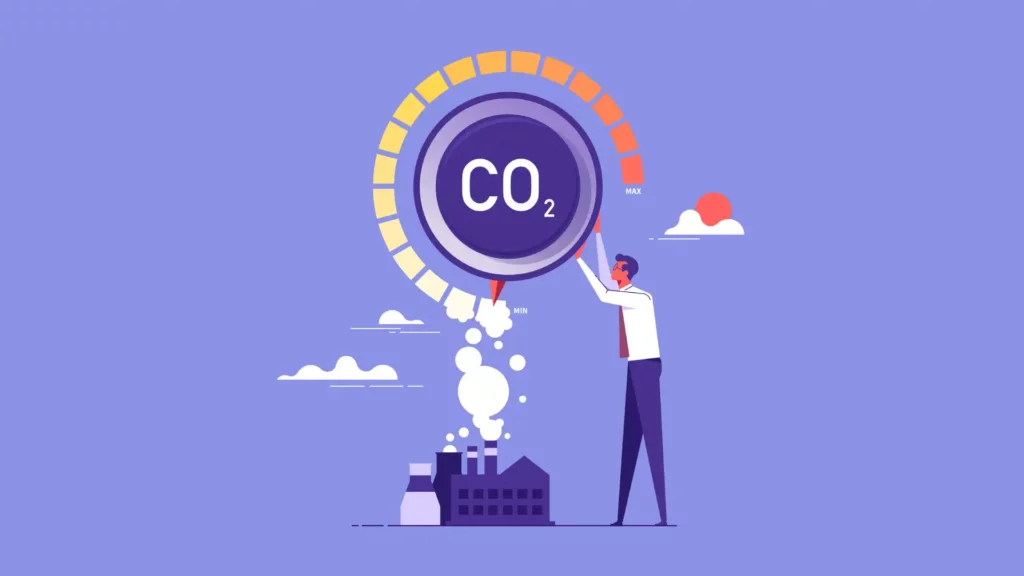
Key Highlights in the History of Carbon Capture and Storage
- Technological Advancements: The history of Carbon Capture and Storage (CCS) is rich with technological advancements aimed at improving efficiency and reducing costs.
- Global Collaborative Efforts and Policies: The evolution of CCS has been significantly influenced by global collaboration and policy-making. International agreements like the Paris Agreement highlight the critical role of CCS in meeting climate goals.
- Landmark CCS Projects: The history of Carbon Capture and Storage features several landmark projects that have showcased the technology's potential to reduce CO2 emissions.
- The Path Forward: Looking ahead, the trajectory of CCS is expected to evolve with a growing emphasis on carbon neutrality. Innovations in capture technologies, cost reductions, and the establishment of supportive legal and regulatory frameworks are anticipated.
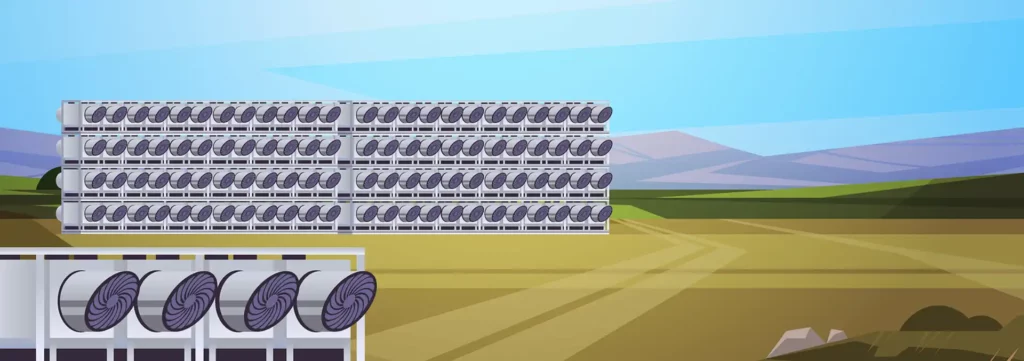
Frequently Asked Questions About Carbon Capture and Storage History
Who Invented Carbon Capture and Storage?
The question of who invented carbon capture and storage (CCS) cannot be attributed to a single individual or organization due to its evolutionary development over several decades. The foundational concepts of capturing and storing CO2 have roots in different scientific and industrial practices, including the use of CO2 for enhanced oil recovery (EOR) in the oil and gas industry since the 1970s.
What is Carbon Capture and Storage (CCS)?
Carbon Capture and Storage (CCS) is a technology designed to reduce carbon dioxide emissions from sources like power plants and industrial processes by capturing the CO2, transporting it to a storage site, and depositing it where it will not enter the atmosphere, typically in underground geological formations.
How did Carbon Capture and Storage technology originate?
The origins of carbon capture and storage technology trace back to the mid-20th century, with significant developments occurring in the 1970s and 1980s. Initially explored for enhanced oil recovery, the application of CCS for environmental management began to gain traction as the global community recognized the need to address climate change.
What were the first applications of CCS?
The first applications of CCS were primarily in enhanced oil recovery (EOR) processes during the 1970s and 1980s. These early uses of carbon capture and storage history laid the groundwork for the technology's evolution towards combating climate change by reducing atmospheric CO2 levels.
When was the first commercial CCS project launched?
The first commercial CCS project was launched in 1996 at the Sleipner field in the North Sea. This project marked a significant milestone in carbon capture and storage history, demonstrating the feasibility of CCS on a commercial scale by capturing and storing CO2 in a saline aquifer.
How has government policy influenced the development of CCS?
Government policy has played a crucial role in the development of CCS by providing funding, research support, and regulatory frameworks necessary for the technology's advancement. Policies aimed at reducing carbon emissions have particularly spurred the growth of CCS, making it an integral part of national and international climate change strategies.
What are the main challenges faced in the history of CCS?
Throughout its history, CCS has faced several challenges, including high costs, energy intensity of capture processes, and concerns regarding the long-term safety of CO2 storage. These challenges have prompted ongoing research and innovation to enhance the efficiency, affordability, and safety of CCS technologies.
How has technology innovation impacted the CCS field?
Technological innovation has significantly impacted the field of CCS by improving methods of CO2 capture, enhancing the efficiency of CO2 transport, and ensuring the safety and permanence of CO2 storage. Innovations in carbon capture and storage history have been critical in overcoming initial challenges and advancing the technology's commercial viability and environmental efficacy.
What role does CCS play in global climate change mitigation efforts?
CCS plays a vital role in global climate change mitigation efforts by providing a means to significantly reduce CO2 emissions from major industrial sources and power generation. Its inclusion in climate strategies is crucial for achieving global targets for reducing greenhouse gas emissions and limiting global warming.
Can CCS technology be applied to any CO2 emission source?
CCS technology can be applied to various CO2 emission sources, including power plants, industrial processes, and even direct air capture. However, the feasibility and cost-effectiveness of applying CCS vary depending on the specific source and context, making it important to assess each case individually.
Carbon Capture and Storage History Conclusion
The carbon capture and storage history is a testament to human ingenuity and our ability to develop solutions to environmental challenges.
From its early days in enhanced oil recovery to its pivotal role in today's climate change mitigation strategies, CCS technology has come a long way.
As we look to the future, the continued evolution and deployment of CCS will be critical in our journey towards a more sustainable and low-carbon world.

